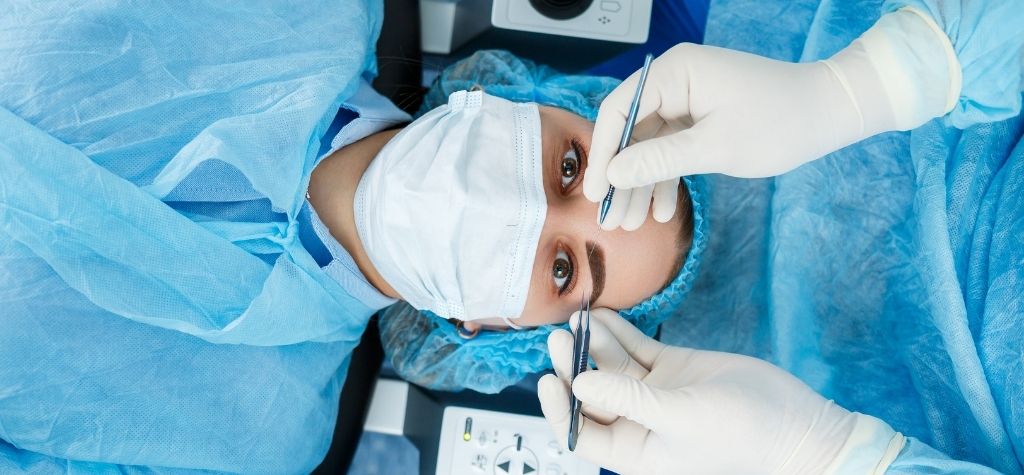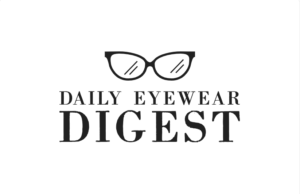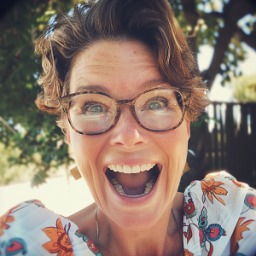Our eyes are essential to nearly every activity we do—reading, driving, recognizing faces, and enjoying the beauty of the world. Yet, we often take them for granted until something goes wrong. Eye diseases can be silent, progressing without pain or noticeable symptoms until irreversible damage occurs. That’s why understanding eye health is vital for maintaining quality of life.
Common vs. Rare Eye Conditions
Not all eye diseases are equally dangerous. Some, like dry eye or conjunctivitis, are uncomfortable but treatable. Others, like glaucoma or macular degeneration, can lead to permanent vision loss if left untreated. Rare diseases such as ocular melanoma can also pose serious threats and require immediate intervention.
Understanding Vision Loss

Temporary vs. Permanent Vision Loss
Vision loss can be temporary, resulting from infections or minor injuries, or permanent due to nerve damage or retinal disease. The most dangerous eye diseases typically cause irreversible damage, making early diagnosis critical.
The Psychological Impact of Blindness
Losing vision doesn’t only affect your physical abilities—it deeply impacts mental health. Depression, anxiety, and social isolation are common among individuals who experience vision loss, especially if it’s sudden or progressive.
Top Dangerous Eye Diseases Ranked
Glaucoma: The Silent Thief of Sight
Causes and Risk Factors
Glaucoma occurs when fluid builds up in the eye, increasing intraocular pressure and damaging the optic nerve. Age, genetics, and high eye pressure are major risk factors.
Symptoms and Diagnosis
Often symptomless in the early stages, glaucoma may only become noticeable when significant vision loss has occurred. Regular eye exams are the only way to catch it early.
Treatment and Management
Though there’s no cure, medications, laser treatments, and surgeries can help manage pressure and slow progression.
Macular Degeneration: Losing Central Vision
Types of AMD
Age-related macular degeneration (AMD) comes in two forms: dry (more common) and wet (more severe). Both damage the macula, responsible for central vision.
How It Progresses Over Time
Dry AMD progresses slowly, while wet AMD can lead to rapid vision loss. Blurred or distorted vision in the center of your sight is a warning sign.
Diabetic Retinopathy: A Complication of Diabetes
Stages and Symptoms
This disease damages blood vessels in the retina and progresses from mild to proliferative stages. Floaters, blurred vision, and dark areas in sight are common symptoms.
Preventive Strategies
Tight blood sugar control, regular screenings, and prompt treatment (like laser therapy) can prevent severe complications.
Retinal Detachment: A Medical Emergency
Signs and Risk Factors
A sudden appearance of floaters, flashes of light, or a curtain over your vision could mean retinal detachment. It’s often linked to aging, trauma, or high myopia.
Surgical Treatments
Immediate surgery is needed to reattach the retina and preserve vision. Delaying treatment could result in permanent blindness.
Ocular Melanoma: Cancer of the Eye
Detection and Staging
This rare but aggressive cancer originates in the uvea. It’s typically discovered during routine exams, as it may not cause symptoms early on.
Prognosis and Treatments
Radiation, laser therapy, or enucleation (removal of the eye) may be required. Prognosis depends on size and spread, making early detection crucial.
Comparing the Severity of Eye Diseases

Which Causes the Most Irreversible Damage?
Glaucoma is often labeled the most dangerous because it causes irreversible optic nerve damage silently and progressively. By the time symptoms arise, vision loss may already be significant.
Which Progresses the Fastest?
Retinal detachment and wet macular degeneration are among the fastest-progressing eye conditions. Both require emergency care to prevent vision loss.
Prevention and Early Detection
Importance of Regular Eye Exams
Many dangerous eye diseases show no symptoms until it’s too late. Annual comprehensive eye exams can detect changes in eye pressure, retinal structure, and more—well before symptoms begin.
Lifestyle and Dietary Choices
Eating a nutrient-rich diet, staying physically active, avoiding smoking, and managing chronic conditions like diabetes can dramatically reduce your risk of eye disease.
Emerging Treatments and Research

Gene Therapy and Stem Cells
Researchers are exploring gene therapy for inherited retinal disorders and stem cell treatments to regenerate damaged retinal tissue. These innovations may offer hope for previously untreatable conditions.
Technological Innovations in Eye Care
From AI-driven diagnostics to smart contact lenses that monitor glucose levels, technology is reshaping how we detect and manage eye diseases.
FAQs
What are the first signs of a dangerous eye disease?
Early symptoms can include blurred vision, difficulty seeing at night, floaters, or peripheral vision loss. However, many diseases like glaucoma may have no early signs.
Can dangerous eye diseases be cured completely?
Some, like retinal detachment, can be treated successfully if caught early. Others, like glaucoma, can be managed but not cured.
How often should you see an eye doctor?
Adults should have a comprehensive eye exam every 1-2 years, or more frequently if at risk.
Are children at risk of these conditions?
Yes, though rare, children can develop conditions like congenital glaucoma or retinal diseases. Pediatric eye exams are important.
What can I do to prevent eye disease?
Maintain a healthy lifestyle, manage systemic diseases like diabetes, protect your eyes from UV light, and get regular eye checkups.
Which eye disease is hereditary?
Glaucoma and macular degeneration often run in families, making genetic history an important risk factor.
Conclusion
So, what is the most dangerous eye disease? While many conditions pose a serious threat, glaucoma stands out due to its silent, irreversible nature. But the good news is—most vision loss is preventable with early detection and proper care. Don’t wait for symptoms to arise. Take control of your eye health today.

